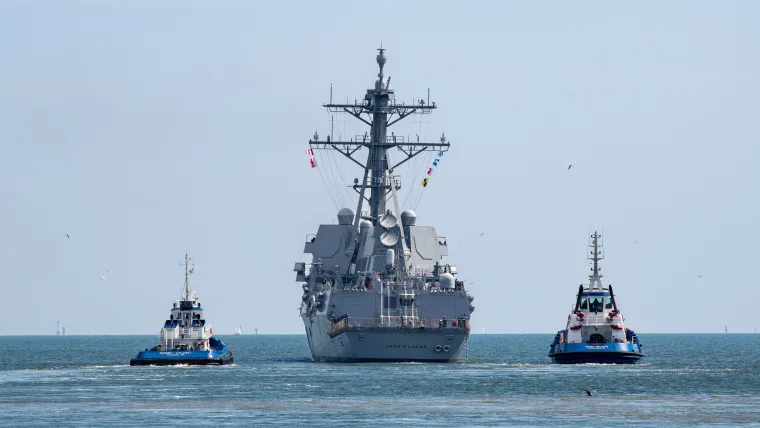
Techniques US Navy and Ally Ships Use to Fight Back Enemy Helicopters at Sea.
The US Navy and allied navies employ various techniques and systems to counter enemy helicopters at sea. These measures are crucial for protecting naval assets, including ships and personnel, from aerial threats. Some of the common techniques and systems include:




